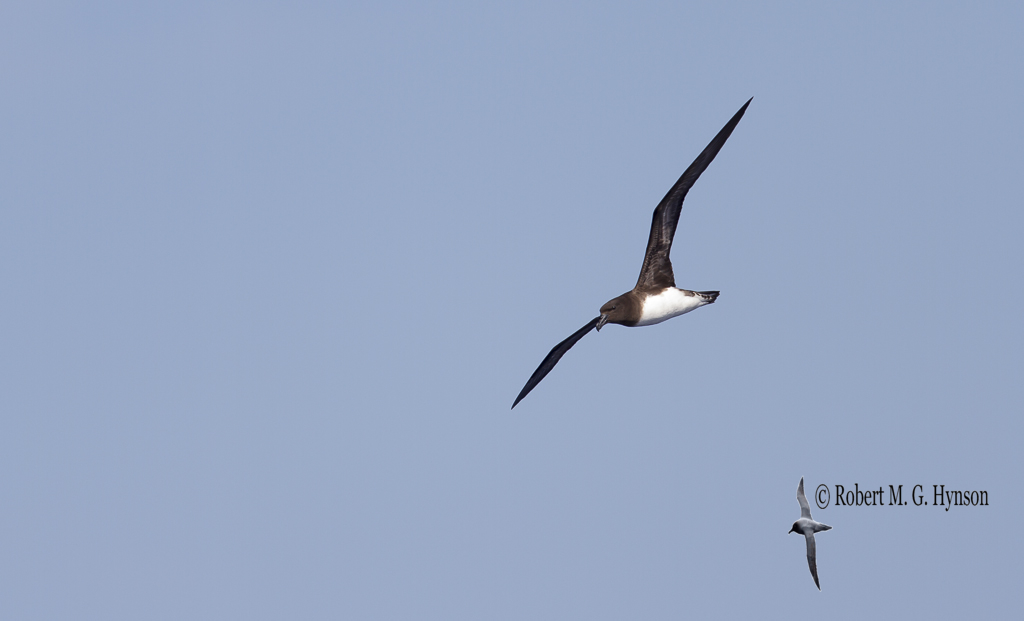Pacific petrels in peril
BirdLife International has announced a new initiative to save the iconic petrels, shearwaters and storm-petrels of the Pacific Ocean.
Sprinkled across the tropical Pacific, the innumerable islands of Oceania are home to some of the most unusual bird communities on the planet. The Pacific Ocean is the petrel capital of the world, but these traditional companions of travellers and fishermen are in trouble in the region.
In fact, they are probably more threatened than any other comparable group of birds, and their status has deteriorated rapidly over recent decades. Many of the birds that live in the Pacific region are endangered, while many more have already become extinct as a result of human activity, both recently and in prehistoric times. Now some very special seabirds are right on the brink of joining the legions of ghost birds.
Over the years BirdLife and its partners have taken actions to protect (and sometimes rediscover) different species, but the problem is so wide-ranging that we need a Pacific-wide strategy for the conservation of these unique 'tubenoses'. We are calling it 'Pacific petrels in peril'.
This group — including the petrels, shearwaters and storm-petrels — belong to the families Procellariidae, Oceanitidae and Hydrobatidae and the order Procellariiformes, and have lost far more breeding colonies in Oceania than most other bird orders.
Specific projects that are being developed as part of the strategy for different flagship species will also help other seabird species, too. Priority actions will be to find the breeding sites of Fiji Petrel, Beck's Petrel and Heinroth's Shearwater. Overall there are more than 18 species for which action is needed, including Vanuatu, Collared, Tahiti and Phoenix Petrels, Polynesian Storm-petrel and Tropical Shearwater.

Tahiti Petrel (Photo: Rob Hynson)
Most islands in Oceania have not had systematic surveys performed of breeding seabirds. While there are some threats at sea for petrels breeding in the region, the primary threats are on land. Until we can eliminate predation pressure and the degradation of nesting and roosting sites, and establish them as secure areas, there will be no improvement in their conservation status.
BirdLife says that the help of birders the world over is needed to develop the first coherent and comprehensive plan for the conservation of Pacific petrels. With public support, it will attempt to find the breeding sites and make them safe, as well as confirming the conservation status of species and develop action plans for each of them.
It will also improve current conservation strategies, and identify where it needs to start new actions. It says that the initiative is bigger than BirdLife, and intends to work with other organisations and develop networks for improved communication, resource sharing, capacity building and further project development.

